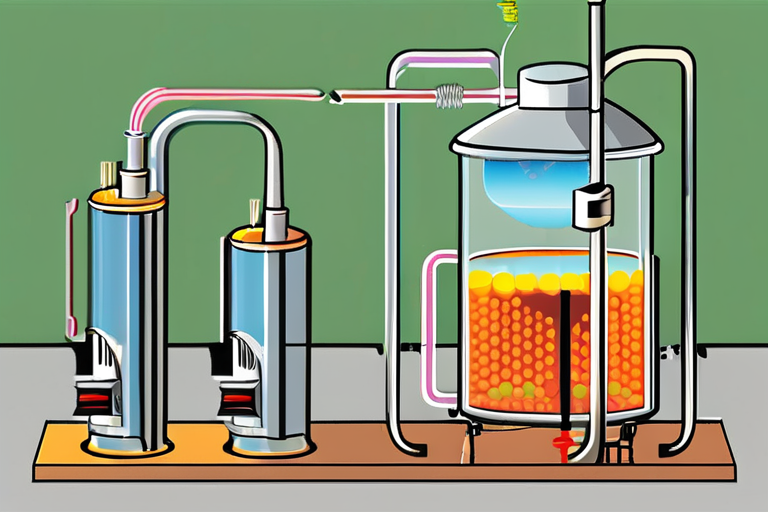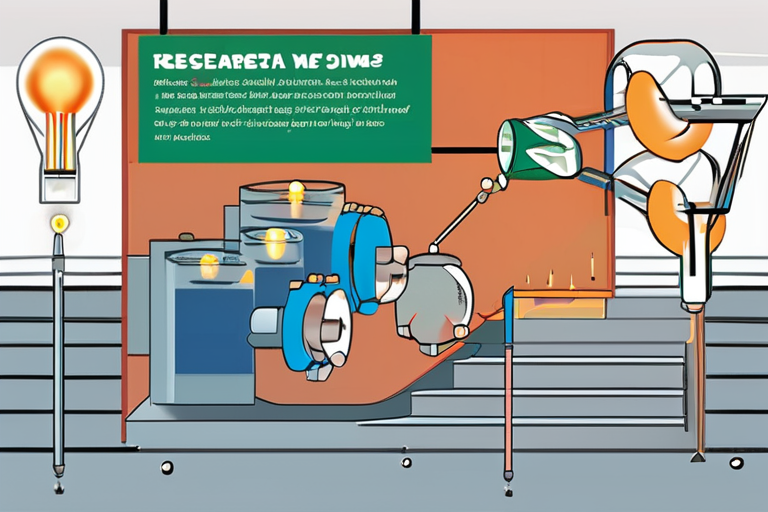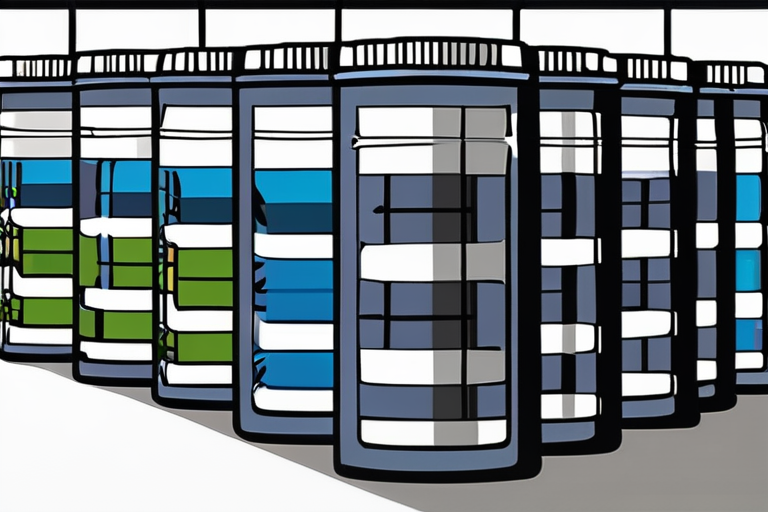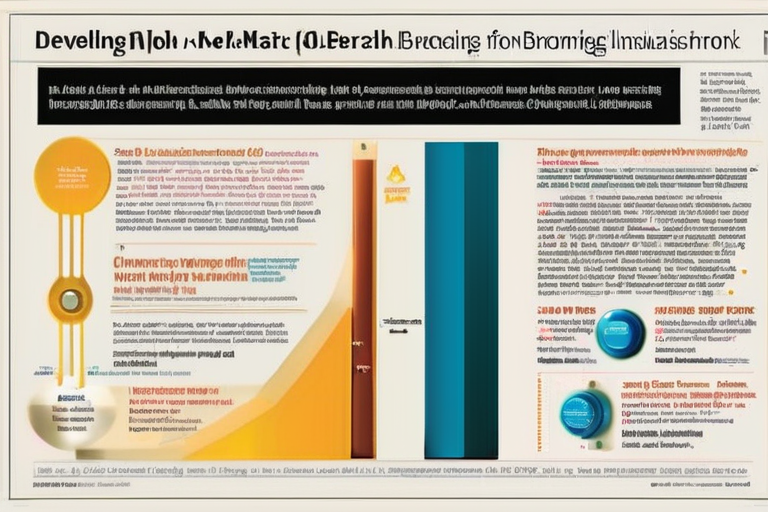According to Dr. Abdoulaye Djire, a researcher at Texas A&M University, MXenes are ultra-thin materials that can be tuned to optimize their performance, making them promising alternatives to expensive catalysts. "Our research shows that MXenes can be engineered to have specific properties that make them ideal for converting air into ammonia," Dr. Djire said. "This has significant implications for the production of fertilizer and fuel, as it could reduce the need for expensive and energy-intensive processes."
The development of MXenes is part of a larger effort to make renewable technologies more efficient and sustainable. Two-dimensional materials, such as MXenes, have been gaining attention in recent years for their potential to revolutionize various industries, including energy, transportation, and agriculture. These materials have unique properties that make them ideal for a wide range of applications, from energy storage to water purification.
The production of green ammonia is a critical area of research, as it has the potential to reduce the environmental impact of fertilizer production. Traditional methods of producing ammonia involve the use of fossil fuels, which contribute to greenhouse gas emissions and climate change. The development of MXenes could provide a cleaner and more sustainable alternative, reducing the need for fossil fuels and minimizing the environmental impact of fertilizer production.
While the discovery of MXenes is significant, it is still in the early stages of development. Researchers will need to continue studying the material's properties and performance to fully understand its potential applications. However, the initial results are promising, and the development of MXenes could have far-reaching implications for the production of fertilizer and fuel.
In a statement, Dr. Djire emphasized the potential of MXenes to transform the way we produce essential chemicals. "The development of MXenes is a major breakthrough in the field of materials science, and it has the potential to revolutionize the way we produce fertilizer and fuel," Dr. Djire said. "We are excited to continue researching this material and exploring its potential applications."
The research on MXenes is ongoing, and researchers at Texas A&M University are working to further develop and refine the material. As the research continues, it is likely that we will see significant advancements in the production of green ammonia and other essential chemicals. The development of MXenes is a testament to the power of scientific research and its potential to transform our world.


























Share & Engage Share
Share this article